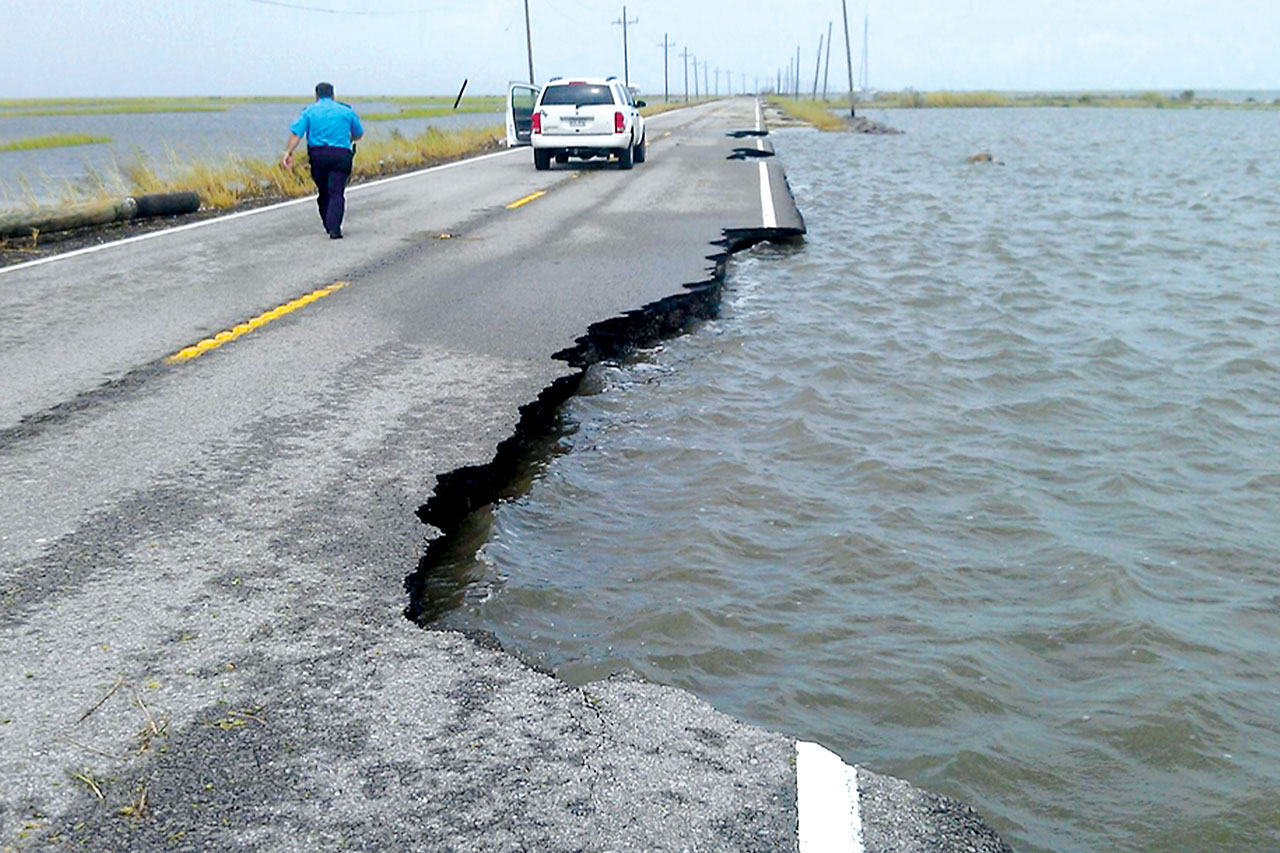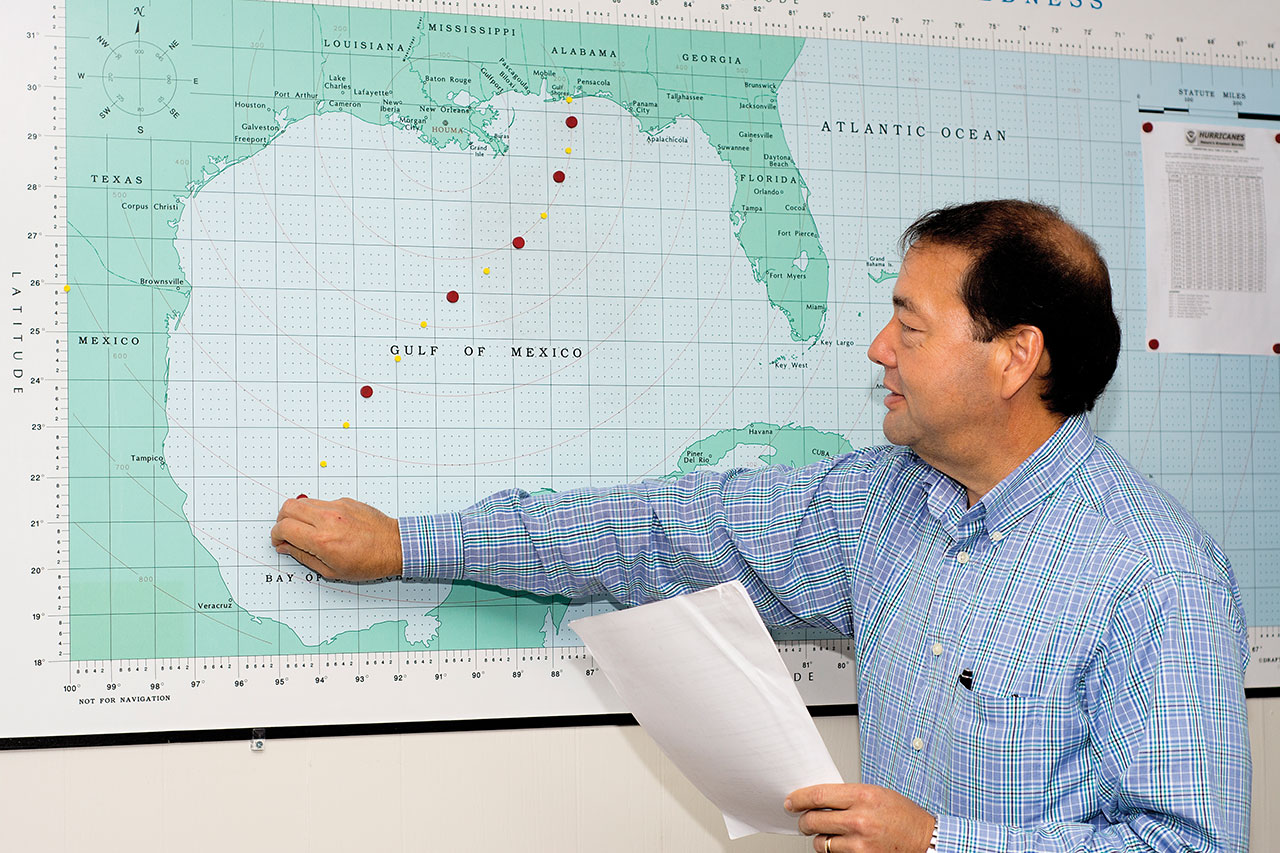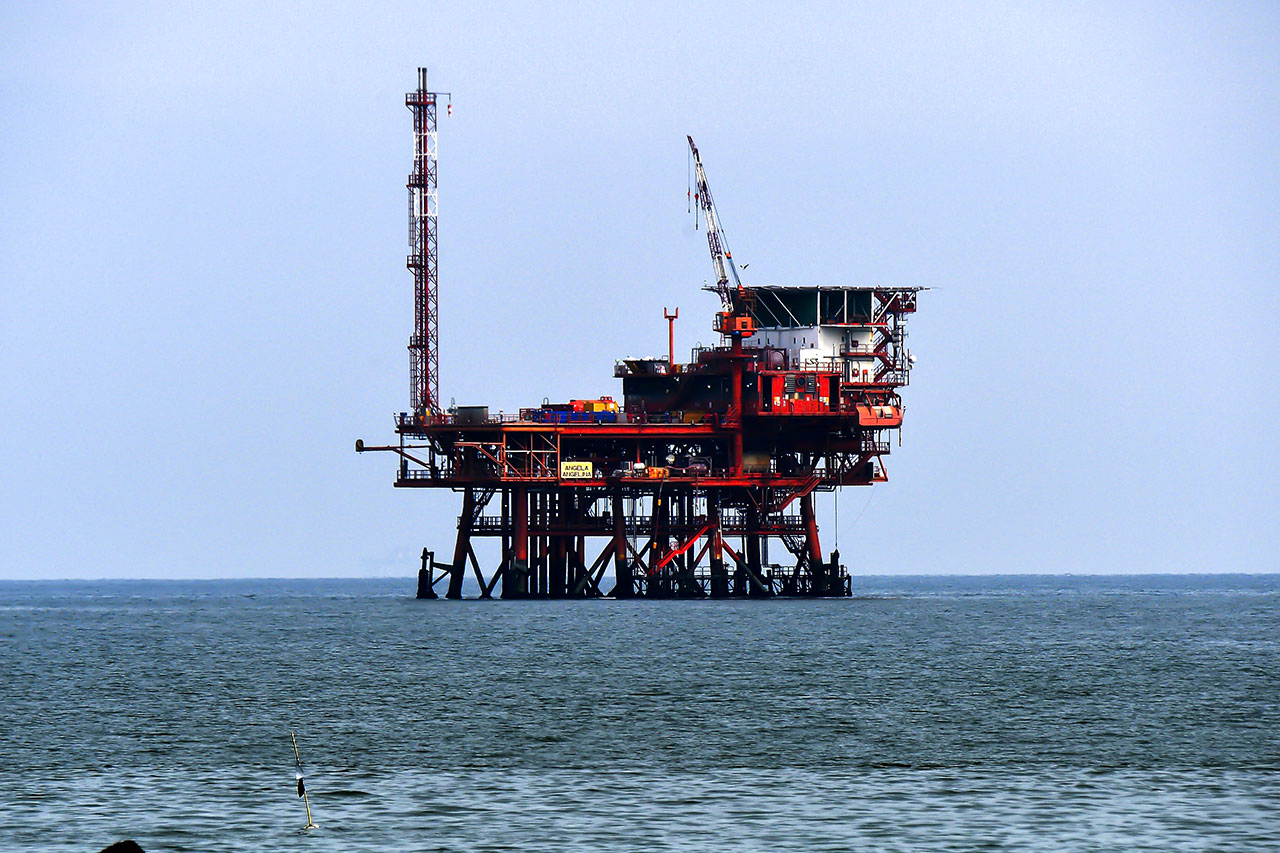
La. 1 Gets Much-Needed Funding
June 12, 2019
Earl Eues | Director, Terrebonne Parish Office of Homeland Security and Emergency Preparedness
June 12, 2019GLOBAL UNREST AFFECTING OIL
Last month, the oil and gas industry seemed poised for a price hike.
But flash forward 30 days to the present and prices are lower than they’ve been at any time in the past 3 months.
Why? Global politics are to thank for that.
Oil prices have tanked this month, dropping from $63/barrel levels in mid-May to $53/barrel levels in early-June — a sizable drop that’s put some question into the future of the industry in the coming months.
The biggest reason for the dip is the “Trade War” the United States has entered into with China and, to a lesser extent, Mexico.
Those policy decisions have some in the market expecting the Chinese economy to suffer, which would cause a sharp hike in global demand, which has, thus, lowered the price.
“The prolonged trade war has sparked fears of a global economic slowdown as well as weaker oil demand,” Eastport, a tanker brokerage firm said in a statement on June 4. “These concerns will have a significant impact on price.”
The “Trade War” is an ongoing headline throughout the President Donald Trump Administration.
When he took office, he identified several areas on the global market where he said the United States was being taken advantage of in trade, operating under long-time, long-term trade deals that put the nation at economic disadvantages.
President Trump has attempted to fix some of those deals, though, as has been his style, he’s also ruffled feathers, talking openly about the deals on social media, while expressing that it is his belief that the United States has been taken advantage of throughout history.
“No longer can we be on the losing end of every deal,” President Trump said at a rally. “We have to get to the point where we start winning again. The losing is over. It has to stop.”
The uncertainty of it all has thrown the global market into a period of unrest.
Some days, the market soars 300-400 points. Other times, it drops an equal amount — a non-stop pendulum that’s swung back and forth over the past six months as uncertainty has grown.
The price of oil on the market has been no different. At the start of the year, demand concerns tanked the price to $44/barrel, but it’s since made a steady climb — even reaching $66/barrel in April, while hovering above $60/barrel throughout most of May.
But as trade tensions have escalated, the price has swung back in the opposite direction, dropping back down to the low $50/barrel price range — the fall coming almost all in one week from late-May to early-June.
The frustrating part, for locals, about the global concerns are that if those were to fade away, the oil market conditions would support a stiff increase in price.
OPEC continues to stay steadfast in its early 2019 agreement to limit global supply in an effort to regulate price. They have even said in June that if conditions continue to remain unstable and global demand drops, they would further regulate supply to try and keep prices “as stable as they can be”.
That deal, combined with struggles in Venezuela, Syria and several other oil-producing markets should, in theory, have helped the price increase, if demand in the market remained constant. Another unexpected boost could have come in Norway where workers threatened a strike in early-June, which, if executed, would threaten the global supply.
But it hasn’t, and the uncertainty persists for another month into the future, though experts say that the tide can turn and momentum can shift at literally any time.
“The oil market right now is very volatile,” said Jim Ritterbusch, a market analyst. “Until there is more stability there, it will be increasingly difficult to find a reliable forecast for the immediate future.” •








